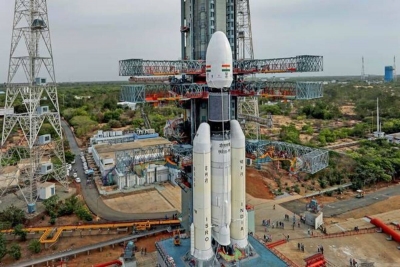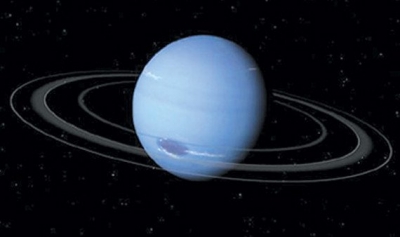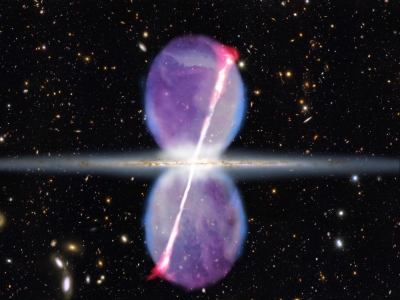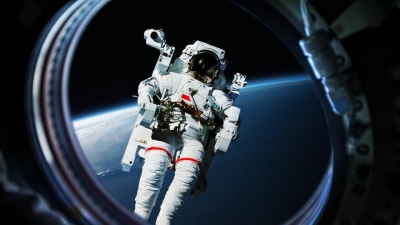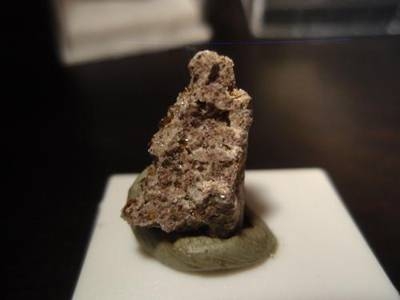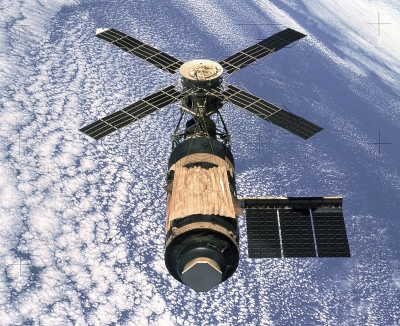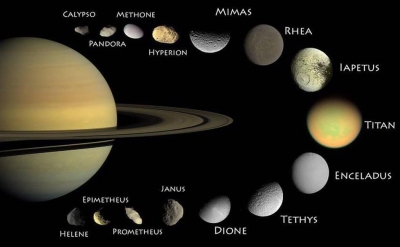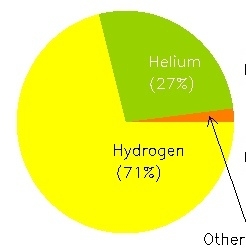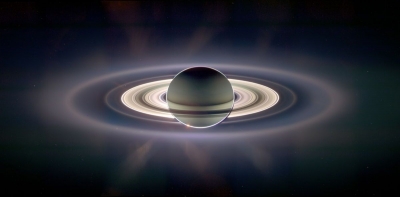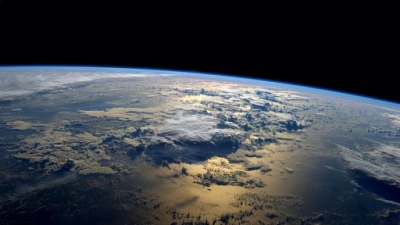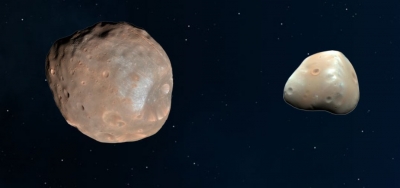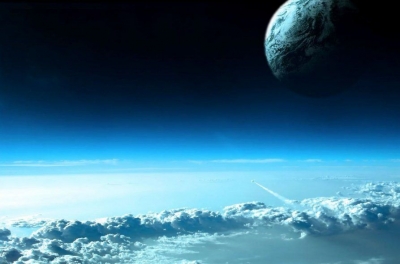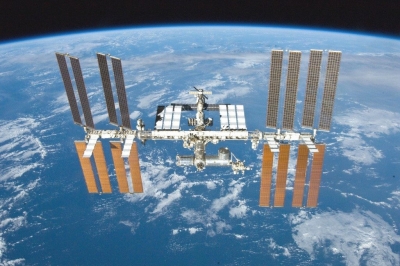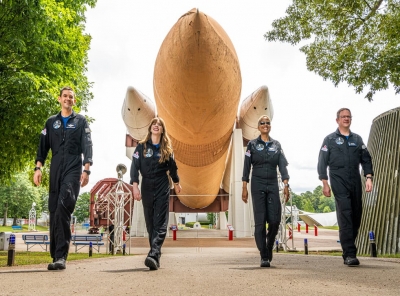
On September 15, SpaceX’s first private flight launched into space successfully. Called Inspiration4, it was the first time a spacecraft circled Earth with an all-amateur crew and no professional astronauts. It's yet another milestone in the space tourism market. Earlier this year, billionaire businessmen Sir Richard Branson and Jeff Bezos went above Earth's atmosphere in their own space vehicles. (SpaceX's next private trip, early next year. will see a retired NASA astronaut escorting three wealthy businessmen to the space station for a week-long visit. The Russians are launching an actress, a film director and a Japanese tycoon to the space station in the next few months.) Want to learn more about the Inspiration4 mission? This week's Five Ws and One H will get you all the details.
What is Inpiration4?
The Inspiration4 mission w the brainchild of Jared Isaacman, the billionaire CEO of Shift4 Payments, a online payments company, who bought all four seats aboard the Dragon Capsule for an undisclosed hefty sum from SpaceX (Some reports put the price at $50 million per seat). The mission blasted off in the Falcon 9 rocket. The Dragon capsule, where the crew sat during the orbit, was modified for this flight. A huge glass done the largest ever space window was installed to offer passengers a 360 degree view of space. The dome replaced the al mechanism used on Dragons to dock with the International Space Station (ISS)
The Dragon capsule orbited earth for three days at a high altitude of 585 km 160 km higher than the 155. The mission was commanded by lsaacman, who is also an accomplished pilot and adventurer.
What is the aim of the flight?
The trip was designed with the explicit intent to benefit St. Jude Children's Research Hospital, which treats and researches childhood cancers and other diseases. Started by an initial $100 million gift from Isaacman to St. Jude, inspirations has fundraising goal to raise $200 million through February 2022 to help accelerate rah advancements and save more children worldwide. The mission has a commitment of more than $130 million with auction items related to the mission.
Why is the mission special?
The inspirations mission marks several historic milestones for human space exploration. It was the first all-civilian crew to orbit earth, the first free flight Crew Dragon mission, and the first orbital human spaceflight mission that did not dock with a space station since the final Hubble mission on STS-125 in 2009.
Who are the crew members?
Joining the mission commander Jared Isaacman (38) on the trip are crew pilot Sian Proctor (51), who is a geoscientist, science communicator and artist Hayley Arceneaux (29), a childhood bone cancer survivor who works as a physician assistant where she was treated - St. Jude Children's Research Hospital in Memphis, Tennessee; and mission specialist Chris Sembroski (42), a U.S. Air Force veteran and a data engineer from North Carolina. Sian Proctor was, in fact, a finalist to become a NASA astronaut more than a decade ago.
How were the crew members selected? Isaacman donated two of the seats to St. Jude hospital. For one seat, the hospital selected Hayley Arceneaux and for the other, it conducted a raffle as part of a campaign to raise funds for the hospital. An undisclosed person from Embry-Riddle Aeronautical University ultimately won the raffle, but decided for personal reasons to give the seat to his friend, Sembroski, who was also one of 72.000 entrants in the raffle. Sian Proctor was selected by Shift4 Payments through a competition that rewarded the best business idea to make use of Shift4's commerce solutions.
What did the team do on the flight?
The crew took part in a health research initiative to increase humanity's knowledge on the impact of spaceflight on the human body. Once in orbit the crew performed carefully selected research experiments on human health and performance. The crew members' sleep, heart rate, blood and cognitive functions were analyzed during the mission in order to study how rookies react in space.
A series of tests through an app to assess changes in behavioral and cognitive performance were done. This is the same app that is currently used by astronauts in NASA-funded research studies.
Markers of immune function and inflammation were monitored. Balance and perception tests pre-flight and immediately post-flight were measured to study the sensorimotor adaptation during changes of gravity. In addition, SpaceX collaborated with investigators at Weill Cornell Medicine to perform a longitudinal, multi-omic analysis of the crew, including genome and spatial transcriptome analysis.
These samples and data will be added to a planned Biobank that will hold samples of the human, microbial, and environmental specimens that are collected before, during, and after missions and enable long-term research and health monitoring for astronauts and space travellers.
How did the crew undergo training?
Though the capsule is automated, the four Dragon riders spent six months training for the flight to cope with any emergency. It included centrifuge training, Dragon simulations, observations of other launch operations, Zero-G plane training and altitude training.
Picture Credit : Google
